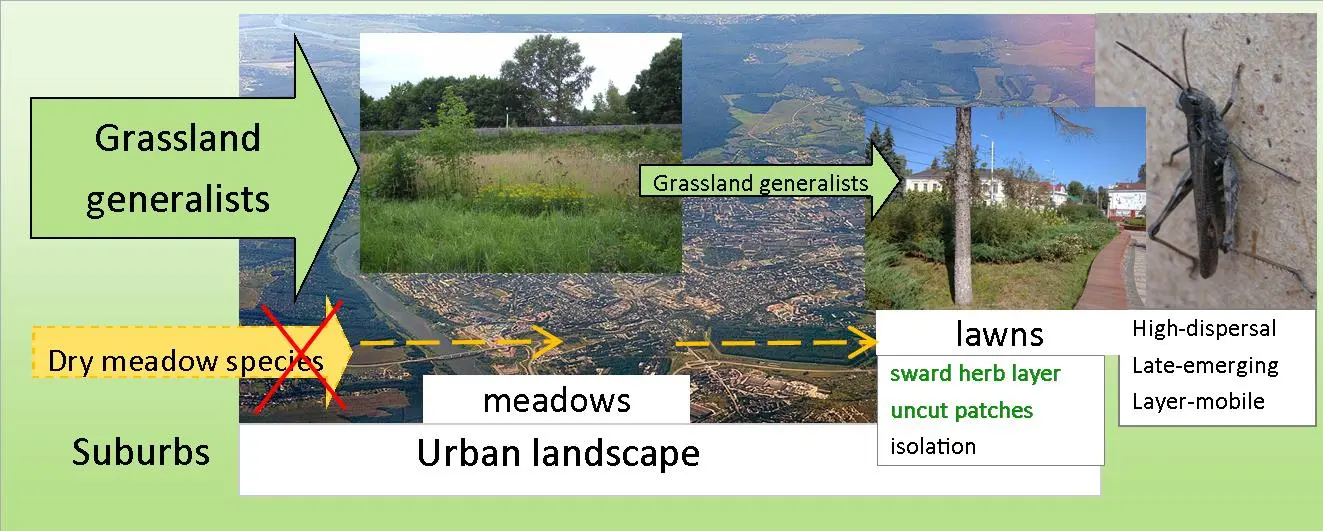Artiles
Open Access
Article
23 June 2025A Structured Framework for Formalized and Quantitative Handwriting Examination
The demand for a formalized and transparent approach to handwriting assessment has long been recognized within forensic and legal contexts. A structured methodology not only reduces interpretative subjectivity but also enables quantifiable measurement and ensures greater consistency in evaluations. This article presents a practical framework that models the degree of similarity between handwriting samples—texts and signatures—through a two-stage process: feature-based evaluation and congruence analysis. Both stages produce quantitative markers that are integrated into a unified similarity score, forming the foundation for more complex comparisons involving multiple questions and known texts. The proposed procedure, which is the major result of the paper, is not merely theoretical; it has been applied in real forensic casework, yielding preliminary statistical outcomes. In particular, it demonstrates the discriminative power of different handwriting features. The paper also discusses future directions for development, with a focus on the integration of artificial intelligence (AI) to enhance specific components of the assessment process.

Open Access
Article
23 June 2025A Systematic Review of Clean Cooking and to Whom Does the Clean Cooking Agenda Belong? Empirical Evidence from East African Community
Today, about three billion people, including those in Tanzania, still cook using traditional methods and solid fuels. This practice, which primarily affects women and children who cook in many developing nations, contributes to serious health risks and forest degradation. Every year, household air pollution is responsible for over 34.4 million preventable deaths worldwide, with about 346,600 of those deaths occurring in East African Community and the Nile Basin. Even though switching to clean cooking technologies is a global health priority, adoption is still low in the East African community, and little is known about the factors influencing this change. To determine the factors driving East Africa’s energy transition to clean cooking, this study conducts a systematic review and looks at the history of the research agenda. A total of 308 articles were found using the Scopus database; 62 of these were chosen for analysis based on important search terms such as solar, biogas, firewood, charcoal, LPG, and electric stoves. Even though traditional fuels continue to be the most commonly used in the regions, the empirical analysis showed a focus on clean cooking technologies like electricity, improved cookstoves, and LPG. The clean cooking agenda appears to be primarily externally driven by European and USA researchers, which may have an impact on local adoption and relevance. It is noteworthy that authors from outside the region constituted 63.6 percent of publications on clean cooking in the East African Community.
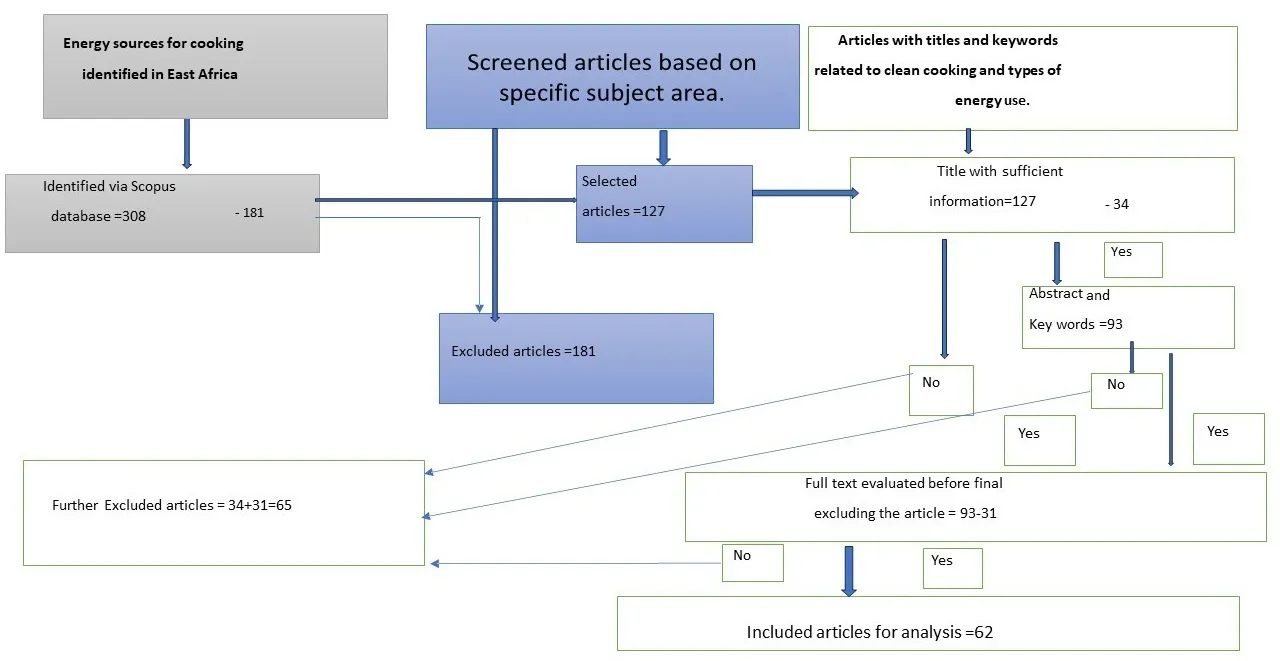
Open Access
Article
20 June 2025Optimization of Powder Distribution and Feeding Efficiency Using an Annular Powder-Feeding Nozzle: A Numerical and Experimental Study
The quality of spherical powders required in plasma spheroidization is particularly important to advanced manufacturing, such as additive manufacturing and thermal spray coatings. Traditional powder feeding systems, such as radial and coaxial nozzles, often suffer from suboptimal powder distribution, low powder capture efficiency, and poor control of particle trajectories. These issues deteriorate spheroidization quality and material efficiency. We propose here an innovative annular powder-feeding plasma torch for these challenges and to optimize the powder-feeding dynamics. The novel nozzle consists of a tangential powder feeding mechanism and a concentric conical structure that provides uniform powder distribution and minimizes plasma jet interference. Computational fluid dynamics (CFD) simulations and Discrete Phase Modeling (DPM), combined with a literature review, are used to study such as throat size and convergent-divergent profiles of nozzles for gas-powder interactions. Yttria-Stabilized Zirconia (YSZ) powder was used for the experimental validation of the annular nozzle; the annular nozzle was found to outperform traditional nozzles in this application with a powder capture efficiency of 75%, a deposition efficiency of 92%, and a spheroidization efficiency of 85%; 85% of the particles had a circularity index >0.9. These results indicate that powder distribution uniformity, deposition efficiency, as well as spheroidization quality are greatly improved than those from conventional plasma spheroidization systems, demonstrating the potential for better process performance for plasma spheroidization. These findings demonstrate the relevance of the optimized annular nozzle in the field of high-value material manufacturing as it yields increased coating quality and minimized material wastage.
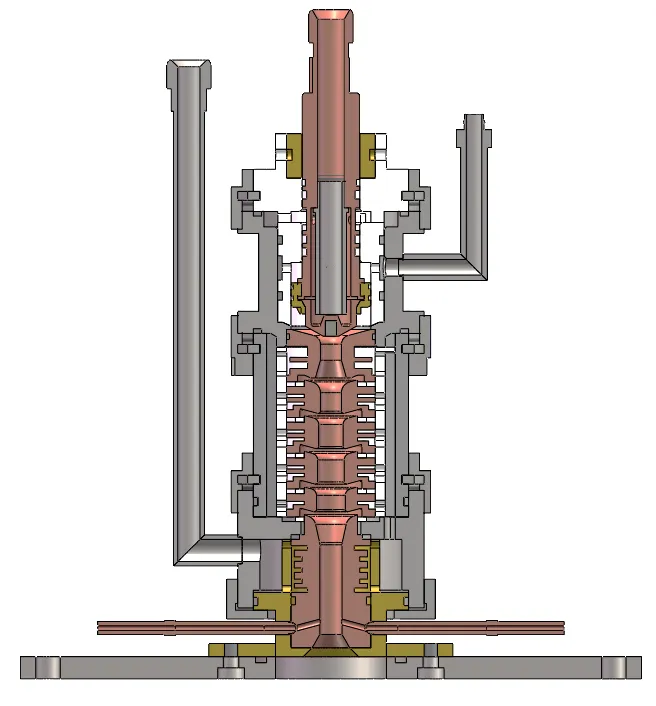
Open Access
Review
19 June 2025Research Progress on High-Entropy Fibrous Materials
Due to their lightweight, high strength, and thermal resistance, HEFMs exhibited significant potential in aerospace, energy storage, environmental protection, and defense. This review systematically presented the research progress on high-entropy fibrous materials (HEFMs), covering their fundamental concepts, fabrication methods, crystal structure characteristics, performance advantages, and application fields. The different crystal structure types and fabrication techniques of high-entropy ceramic fibers and high-entropy alloy fibers were discussed. Additionally, the mechanical property advantages of HEFMs and their applications in thermal insulation materials, catalysis, and energy storage were analyzed. Finally, the current challenges in HEFM research and provide an outlook on future development directions.
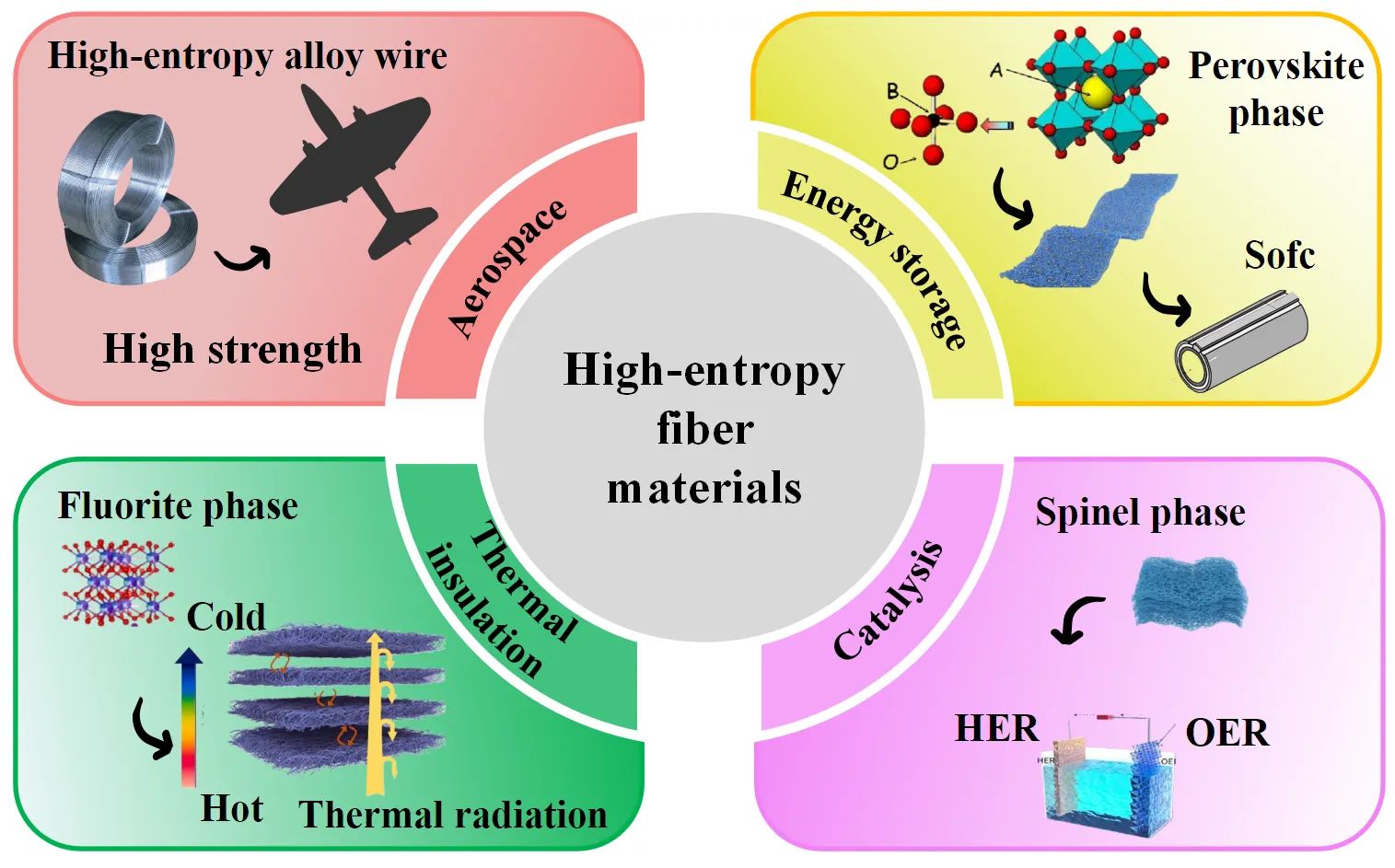
Open Access
Article
19 June 2025Advancing Total Productive Maintenance in Smart Manufacturing: From Methodology to Implementation
The rapid advancement of Industry 4.0 technologies has catalyzed the development of intelligent tools and methodologies to enhance operational efficiency, reliability, and productivity across modern industrial enterprises. Total Productive Maintenance (TPM), a foundational approach in manufacturing, traditionally improves equipment reliability, reduces downtime, and drives continuous improvement through proactive employee involvement. However, in the context of Smart Manufacturing, traditional TPM reveals significant limitations—chiefly its reliance on manual data collection, reactive maintenance, and limited real-time insight. This paper explores TPM’s evolution, key innovations, and cross-industry applications while highlighting challenges in adopting Industry 4.0 technologies. It proposes a comprehensive TPM 4.0 framework integrating Lean Six Sigma’s DMAIC methodology with advanced digital tools for systematic failure mode classification, risk-based maintenance prioritization, and real-time performance optimization. Leveraging IIoT-enabled condition monitoring, Digital Twin simulations, and machine learning-driven predictive analytics, the framework supports real-time anomaly detection, cognitive diagnostics, and adaptive maintenance planning—substantially improving Overall Equipment Effectiveness (OEE), cost efficiency, and system resilience. Additionally, federated learning promotes scalable, privacy-preserving AI collaboration, while blockchain enhances data security and transparency, mitigating cybersecurity risks. By merging traditional TPM with AI-driven automation and digital sustainability, TPM 4.0 establishes a foundation for self-optimizing, cyber-resilient maintenance ecosystems, accelerating the transition to autonomous manufacturing. Although conceptual, this framework offers a practical roadmap for smart manufacturing transformation, with future validation planned through case studies and pilot projects.
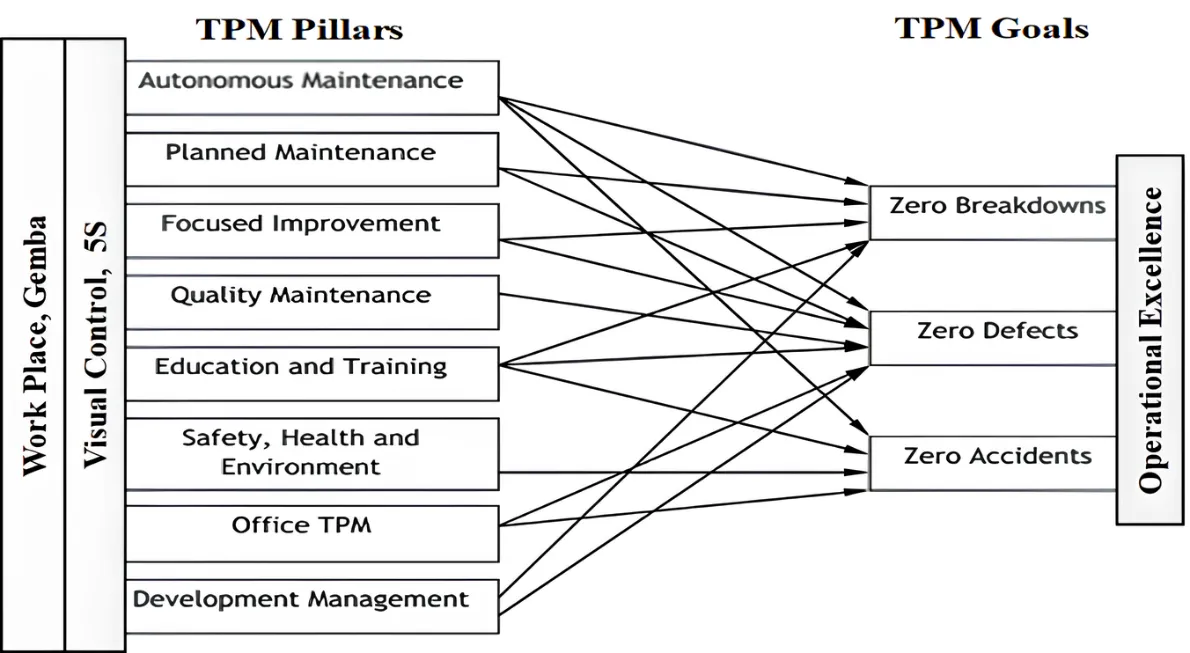
Open Access
Article
19 June 2025Antifungal and Antibacterial Activity of Lathyrus aphaca L. Mediated Green Synthesized CdS Nanoparticles and Their Characterization
Cadmium Sulfide nanoparticles (CdS-LA hybrid nanoparticles) were synthesized here by a green approach using the precursor cadmium acetate and sodium sulphide along with the extract of a plant Lathyrus aphaca L. containing the phytochemicals which were responsible for surface modification of nanoparticles. The nanoparticle was used to evaluate their inhibition potential against species of bacteria and fungi. The nanoparticles were characterized by XRD, which demonstrates the hexagonal crystal structure. SEM confirms the homogenous surface appearance of the CdS-LA hybrid crystalline structure. EDX analysis confirms surface modification of nanoparticles by phytochemicals. FTIR confirmed the Cd-S linkage laterally with the related functional groups and the presence of metabolites on the surface of nanoparticles. The UV-visible spectroscopy confirmed the peak at the characteristic wavelength range, but a slight shift occurred in the peak of the CdS nanoparticles due to the presence of the phytochemicals. This study particularly provides an environment-friendly strategy to synthesize the CdS nanoparticles capped by Lathyrus aphaca L. extract that are biologically active due to the mediation of the plant extract. CdS-LA hybrid nanoparticles have shown inhibition potential against various species of bacteria and fungi and realize the biological importance of the green synthesis of nanoparticles especially mediated with the plant extract.
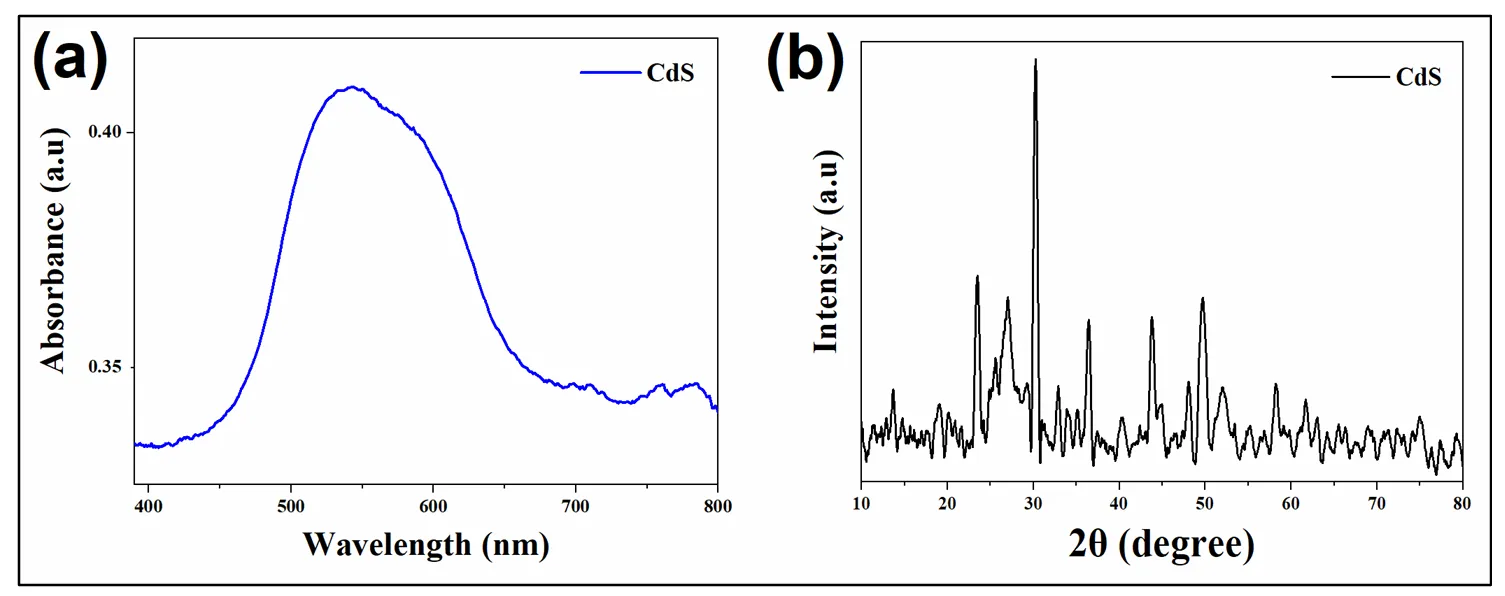
Open Access
Book Review
19 June 2025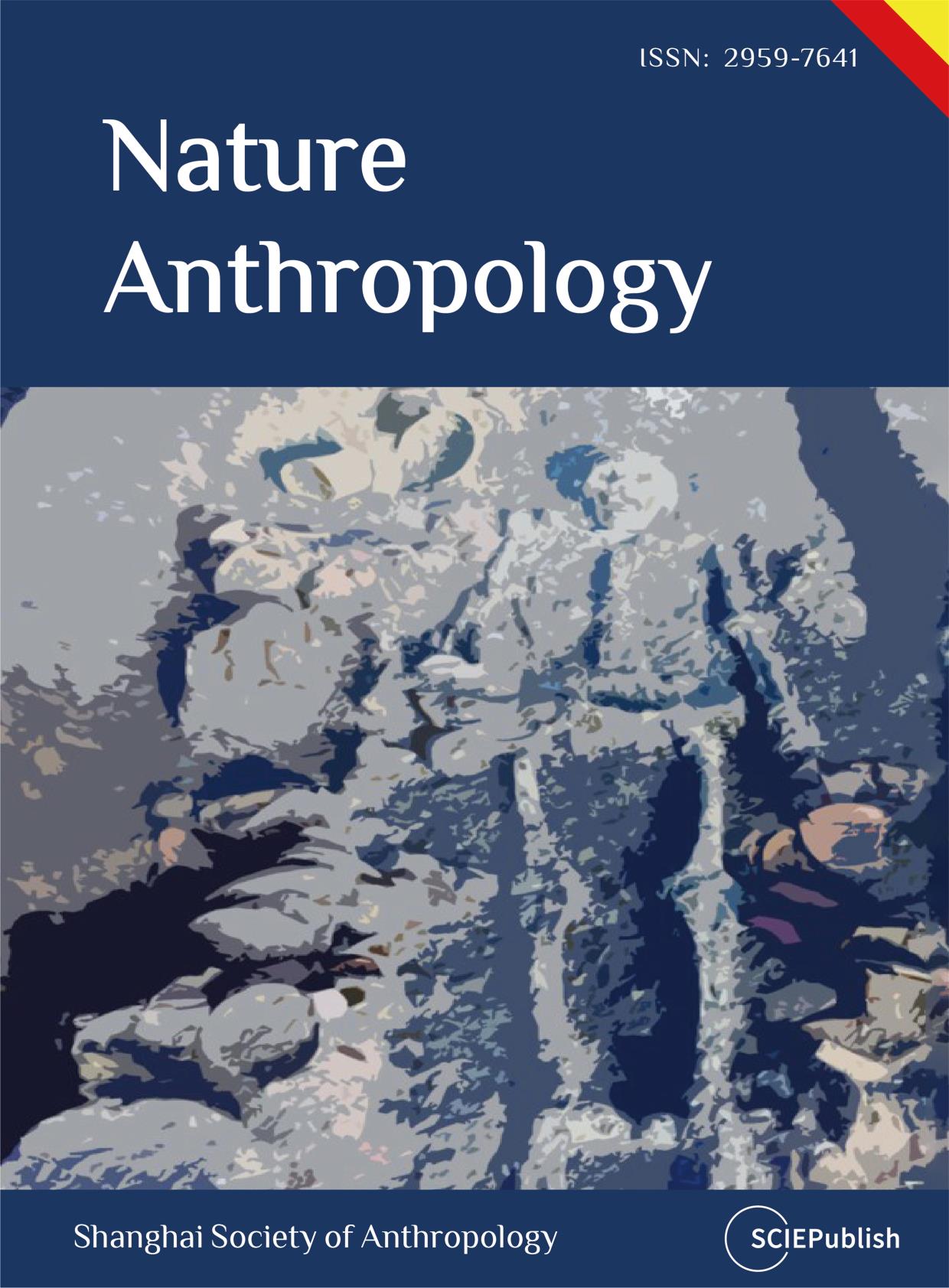
Open Access
Review
18 June 2025Coupling Electrocatalysis and Biotransformation for CO2-Based Biomanufacturing
Transformation of CO2 into high-value, long-chain carbon compounds is a long-term goal for CO2 conversion and utilization. Electrocatalytic CO2 reduction can achieve C1/C2 products with a high formation rate, while biosynthesis can utilize these C1/C2 species as substrates for carbon chain elongation. Coupling these two processes offers a promising avenue for efficient CO2 fixation via synergizing the advantages of both sides. However, it is still challenging to realize its widespread application because of the poor compatibility between different modules. This review summarizes and discusses current developments in electrocatalytic-biosynthetic hybrid systems for CO2 upcycling. First, the recent advances of individual modules are introduced, including conversion pathways, representative electrocatalysts and typical reactors for electrocatalytic CO2 reduction process and microbial synthesis and in vitro multi-enzyme cascade catalysis for low-carbon bio-conversion process. Then, key factors that influence system coupling are discussed via analyzing the features of single modules and their cross-interference effects. Finally, several construction strategies are proposed based on different integration scenarios, offering guidance for the design and optimization of these hybrid systems.

Open Access
Article
18 June 2025CO2 Emissions Comparisons on Cementous Sustainable Flooring Options: Modeling and Evaluation
CO2 and greenhouse gas emissions have become a major environmental issue worldwide, and emissions have spiked faster than most could ever imagine. The issues have made it crucial to find financially feasible and long-term, use-efficient solutions that fulfill industrial needs. As society so much depends on the current industry outputs, we need to reduce emissions coming from those industrial facilities and premises where people shop and buy services and assets on a daily basis. These emissions need to be reduced on a global scale, and here, concrete as a building material comes into play as one of the most used materials, especially on industrial floors. A typical solution is a sturdy base slab with a use case-specific coating on it. The base slab is expected to last the whole life of the building, whereas the coating might be considered consumable and refurbished/fixed as a maintenance job many times before the building itself is demolished. In heavy use cases, the maintenance cycle might be fast, which reduces the usable time of the building and generates downtimes for business. The coating decisions have a major impact on the building’s lifetime emissions, which is the key focus of this study, too. Bad decisions can introduce unnecessary microplastics and nano dust particles to work environments and also generate restructuring needs of the operational activities. In the worst case, operations have to be shut down. Luckily, there are options, and emissions can be reduced in many ways. By using long-term and durable cementitious mix-based dry shake coatings, one can reduce top coating-based emissions, and by decreasing the amount of used reinforcement components in the base slab, an extra positive impact can be achieved. With a base slab, also more environmentally friendly low-carbon cement formulations can be considered, like fly ash or GGBS (ground granulated blast furnace slag) based formulas, which we discuss in detail and analyses traditional options compared to modern CEM3a and CEM3b versions. For the top coating, emissions are generated in the construction and maintenance phases. To find different options with cross implications on lifetime emissions, our study analyzes CO2 emissions sources for several concrete mixes, which are then paired with floor-top coatings based on Cementous mix or epoxy coating. We have pinpointed the potential for reducing the building’s floor-based lifetime CO2 emissions. The analysis is based on the impacts of the base slab and floor coating selection combinations. As a de facto comparison element, we used a 100 percent virgin Portland cement-based mix. The Portland cement was compared to CEM3a and CEM3b mixes. On the top surface of the floor, traditional epoxy base floor coating was compared to a modern dry shake-based option. In the analysis, the dry-shake-based floor showed major benefits. Emissions were drastically reduced, fewer maintenance downtimes were needed, and the general life expectancy was a lot longer for the dry shake option.
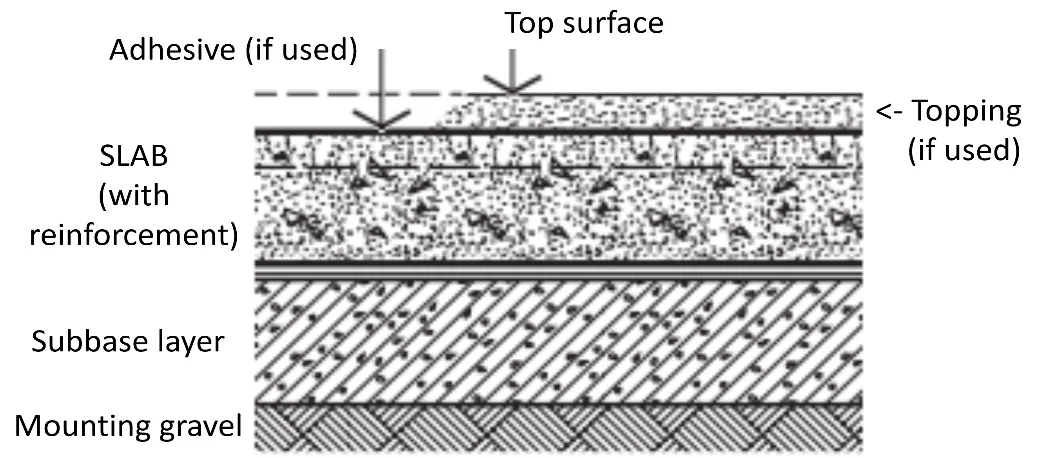
Open Access
Article
18 June 2025Orthoptera Colonising the Urban Landscape and Urban Lawns: A Case of a Middle-Russian City
Orthoptera are often surveyed in research on urban environments, but results are ambiguous in different regions and cities. We studied the insects in a city located in the centre of the East-European plain, at the junction of the Continental and Boreal biogeoregions. We distinguished suburbs and the urban landscape and meadows and lawns within the urban landscape. To find orthopterans in grassland habitats, we used sweepnet, acoustic and visual observations, and pitfall traps. Urban habitats are colonised by 20 species of Orthoptera from 29 species observed in the suburbs. Only five species are as frequent in urban habitats as in suburban ones. The urban environment negatively affects both forest species, all three species of dry meadows and only one of ten grassland generalists. On lawns, we found 11 species. Total abundance and species numbers were lower in lawns than in meadows. Only three late-emerging and high-dispersing species were quite frequent in lawns. The occurrence of Conocephalus fuscus in lawns was positively influenced by the presence of uncut patches, Chorthippus dorsatus—by the density of the herb layer. Ch. mollis, which is native to dry meadows, preferred unshaded lawns. Chorthippus biguttulus is a single species inhabiting lawns of almost every quality.
